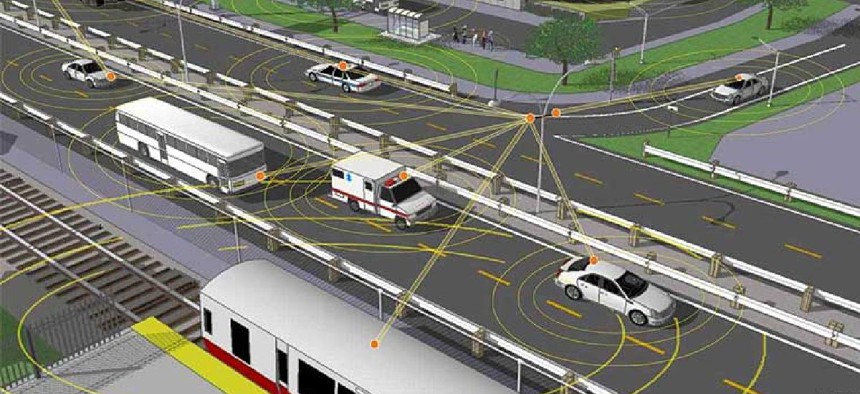DOT issues new guidance for automated vehicles

The voluntary guidance prioritizes safety and technical neutrality and minimizes regulation while promoting operational and legal consistency across states and throughout the transportation industry.
The Department of Transportation has released new guidance for automated vehicles that identifies and supports the development of voluntary technical standards, defines government's roles, describes a risk-management framework for safety and provides a process for working with the department on this technology.
This non-binding guidance, “Preparing for the Future of Transportation: Automated Vehicles 3.0,” was announced by the department on Oct. 4. AV 3.0 prioritizes safety and technical neutrality and minimizes regulation, while promoting operational and legal consistency across states and throughout the transportation industry.
The document is meant to clarify some safety standards in hopes of building public trust and confidence in automated vehicle technology, DOT Secretary Elaine L. Chao said at a press conference announcing the report.
“AV 3.0 builds upon but does not replace voluntary guidance provided in “2.0 A Vision for Safety,” Chao said. “Vehicle automation is still in the early stages of development. Driver assist and other automated technologies are already being incorporated into some cars and the department is working with automakers, technology companies and the public to move ahead in a manner that allows innovation to continue while protecting safety.”
According to the guidance, the federal government’s role in automated transportation technology will include creating of consensus-based standards, funding research and evaluating the regulatory environment the vehicles will operate in.
State and local governments similarly must evaluate their current policies to ensure they are conducive to automated vehicles and assess roadway infrastructure make it ready for technology that relies heavily on clear signage and road markings.
The private sector, meanwhile, is asked to adopt best practices for cybersecurity in AVs and to look into the potential for data exchange, which could help improve the technology’s safety.
The document doesn’t set any standards for automated vehicles, but DOT will maintain all of its regulatory options including recall power if issues do arise, according to Brian Barnard, the National Highway Traffic Safety Administration's director of governmental affairs, policy, and strategic planning.
“DOT is committed to ensuring safety without hampering innovation that’s going on right now,” Barnard said at the Oct. 4 Internet of Things Global Summit. “Right now, we think [3.0] is the right guidance at the right time, given where technology is -- and some manufacturers are at different paces than others -- and we look forward to allowing each of them to innovate and develop their technology in their own way.”
David Friedman, the vice president of advocacy at Consumer Reports, said the DOT’s defect authority can be effective in ensuring safety standards are met, but defects sometimes aren’t noticed until someone is hurt or killed.
“It will be no surprise to folks that I respectfully disagree when it comes to whether this is the right guidance at the right time,” Friedman said, speaking on the same panel as Barnard. “I definitely think significantly more needs to be done.”
This new guidance was announced in concert with various other initiatives throughout the agency meant to move AV technology forward. The NHTSA, for example, will be seeking comment on a new national research program to facilitate the safe testing and deployment of AV vehicles, Barnard said.
The Federal Motor Carrier Safety Administration will begin looking into potential gaps in regulations for autonomous vehicles. The Federal Railroad Administration has been tasked with studying how AV and connected-vehicle technology can improve safety at railroad crossings. And the Federal Transit Administration is performing an inquiring into the state of autonomous public transit.
“We hope this document will be helpful, informative and guide the emerging importance of this new technology for the benefit of all of us,” Chao said.
NEXT STORY: Science agencies invest in quantum





